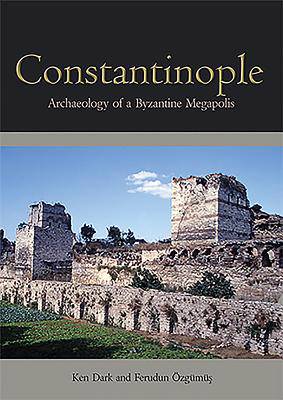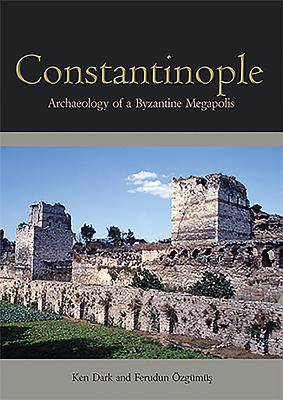
- Afhalen na 1 uur in een winkel met voorraad
- Gratis thuislevering in België vanaf € 30
- Ruim aanbod met 7 miljoen producten
- Afhalen na 1 uur in een winkel met voorraad
- Gratis thuislevering in België vanaf € 30
- Ruim aanbod met 7 miljoen producten
Zoeken
€ 100,45
+ 200 punten
Uitvoering
Omschrijving
Istanbul, Europe's largest city, became an urban centre of exceptional size when it was chosen by Constantine the Great as a new Roman capital city. Named 'Constantinople' after him, the city has been studied through its rich textual sources and surviving buildings, but its archaeology remains relatively little known compared to other great urban centres of the ancient and medieval worlds. Constantinople: Archaeology of a Byzantine Megapolis is a major archaeological assessment of a key period in the development of this historic city. It uses material evidence, contemporary developments in urban archaeology and archaeological theory to explore over a thousand years of the city's development. Moving away from the scholarly emphasis on the monumental core or city defences, the volume investigates the inter-mural area between the fifth-century land walls and the Constantinian city wall - a zone which encompasses half of the walled area but which has received little archaeological attention. Utilizing data from a variety of sources, including the 'Istanbul Rescue Archaeology Project' created to record material threatened with destruction, the analysis proposes a new model of Byzantine Constantinople. A range of themes are explored including the social, economic and cognitive development, Byzantine perceptions of the city, the consequences of imperial ideology and the impact of 'self-organization' brought about by many minor decisions. Constantinople casts new light on the transformation of an ancient Roman capital to an Orthodox Christian holy city and will be of great importance to archaeologists and historians.
Specificaties
Betrokkenen
- Auteur(s):
- Uitgeverij:
Inhoud
- Aantal bladzijden:
- 208
- Taal:
- Engels
Eigenschappen
- Productcode (EAN):
- 9781782971719
- Verschijningsdatum:
- 29/11/2013
- Uitvoering:
- Hardcover
- Formaat:
- Genaaid
- Afmetingen:
- 213 mm x 297 mm
- Gewicht:
- 1111 g

Alleen bij Standaard Boekhandel
+ 200 punten op je klantenkaart van Standaard Boekhandel
Beoordelingen
We publiceren alleen reviews die voldoen aan de voorwaarden voor reviews. Bekijk onze voorwaarden voor reviews.











